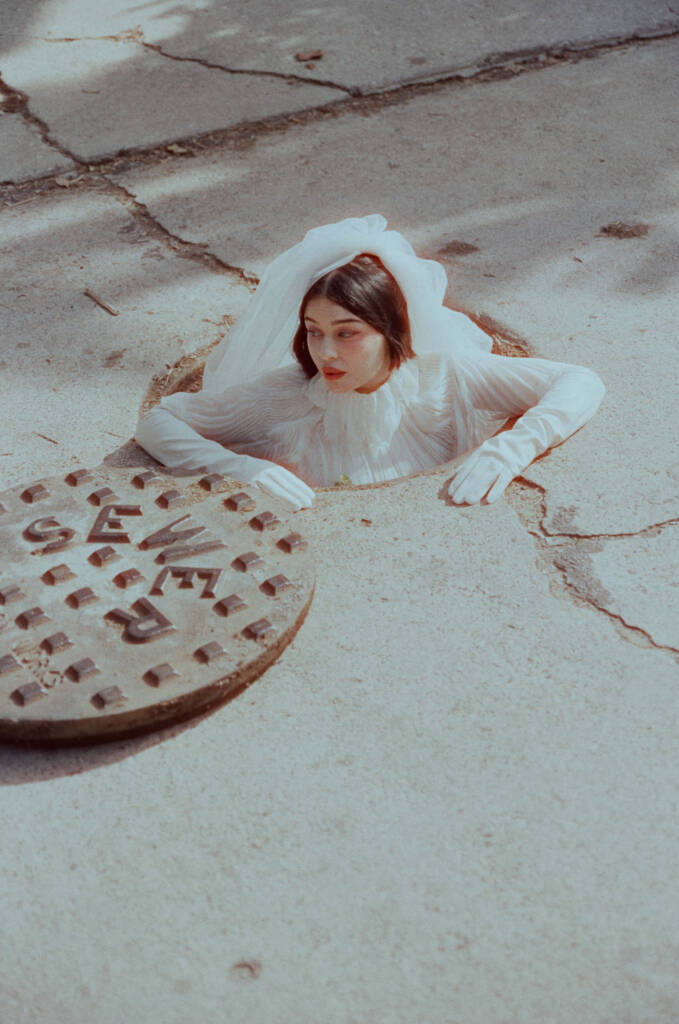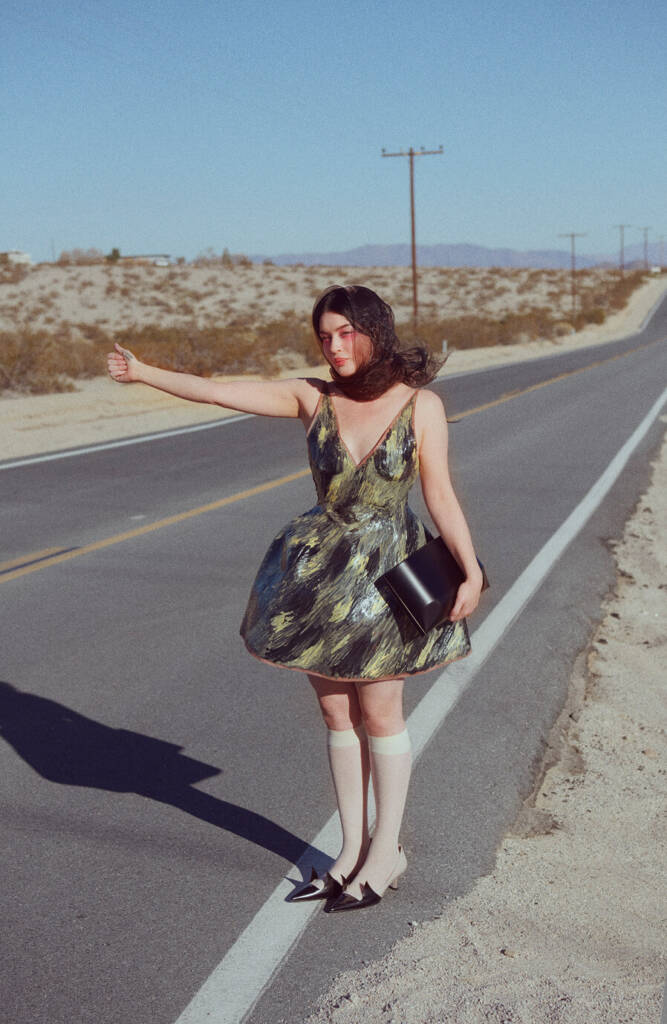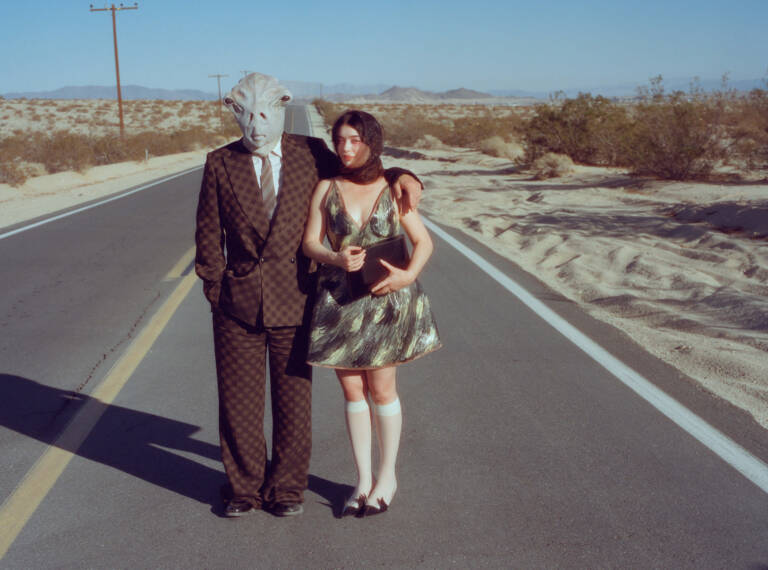

Ariana Papademetropoulos is a Los Angeles-based painter who describes the city as “one of the only places that allows you to dream.” This sentiment is central to her work, which draws from the surrealist tradition—particularly the contributions of Dorothea Tanning and Remedios Varo—to explore the possibilities of the imagination on canvas.
Her paintings, rich in symbolism, merge nature and fantasy. Recurring motifs—mirrors, water, snails, and ruins—act as portals to other realms. Unicorns, her alter-egos, embody contradiction: real yet imagined, innocent yet escapist.
Step into the surreal world of Ariana Papademetropoulos in our interview, where she discusses the universality of symbols, the intersection of art and science, and the limits of AI in creative expression.
hube: The symbolic images in your works are tied to a specific cultural context. Is there an ideal viewer for you? If not, which audience would you be most curious to hear from?
Ariana Papademetropoulos: I try to make work for the everyday viewer, that’s why I use basic archetypes that can connect across cultures. I realised that I’m more interested in the visceral experience of the work than in its intellectual analysis. If I could choose an audience to interpret the work, I’d pick an Amazonian tribe completely removed from Western culture, as their view would be untainted. I also like asking my Grandma, she has an unadulterated take on things—and if the work makes her laugh, I know I’m headed into good territory.
h: The paradoxes of the quantum world are objective, but difficult to reconcile with our perception of reality. Does art always know or feel more than science?
AP: I once named a show Unweave a Rainbow after a line from “Lamia,” a poem by John Keats. The poem is about how scientific approaches reduce the beauty of nature to mechanical explanations; Keats writes about how Isaac Newton destroyed the poetry of the rainbow by analysing it.
Although I’m interested in that notion, I believe the more science uncovers, the more the planet seems like a mysterious place of wonder. In the New Age world, psychics often refer to the quantum field—a concept from quantum physics—as a timeless realm that we all connect to. I am interested in where science and spirituality meet, where art and science converge. Both reveal a world our eyes can’t perceive.

